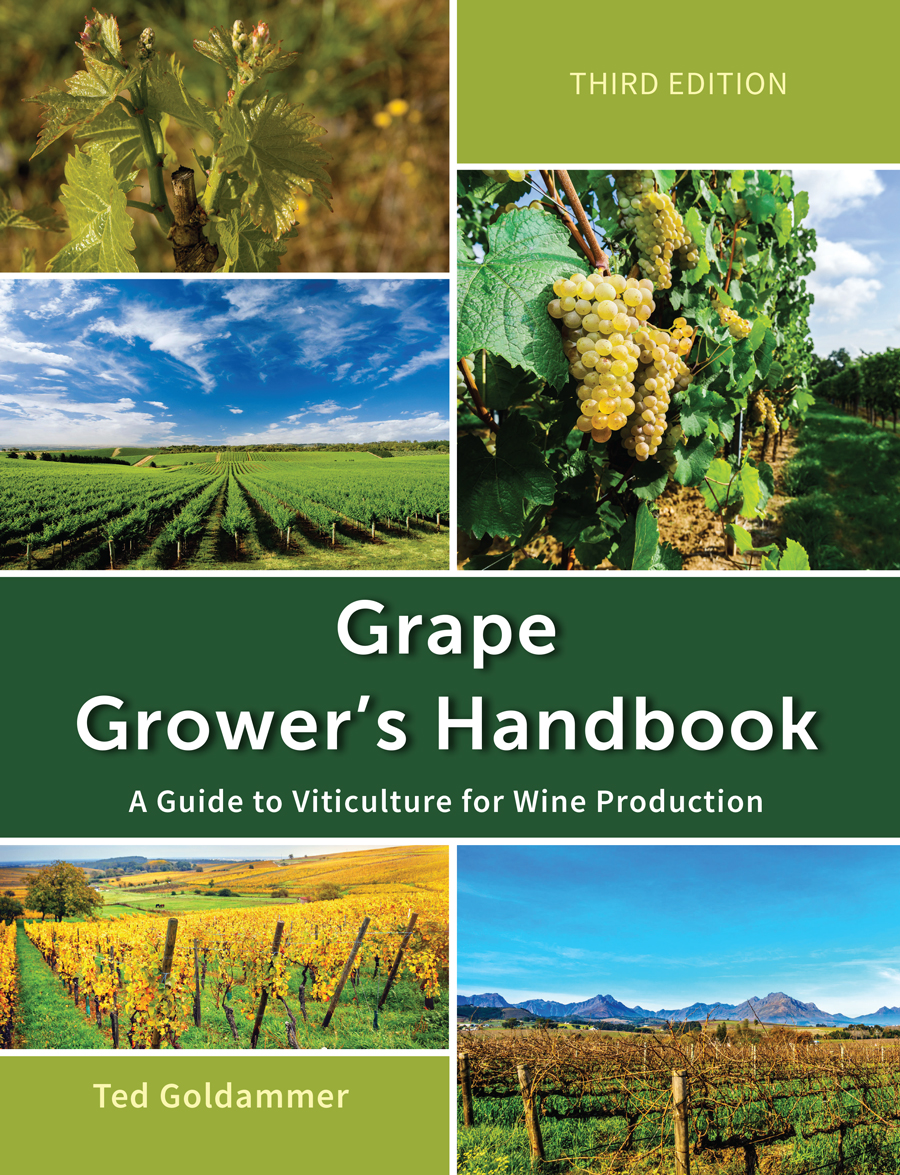Irrigation Scheduling of Grapevines
Granular Matrix Sensors
Granular matrix sensors (GMS Watermark® Soil Moisture Sensor) operate on the same principles as other electrical resistance sensors. The Watermark is made of a porous ceramic external shell with an internal matrix structure containing two electrodes. Just like the gypsum block, water conditions inside the GMS change with corresponding variations in water conditions in the soil. Changes in water conditions are reflected by differences in electrical resistance between the two electrodes imbedded in the sensor. Resistance between the electrodes decreases with increasing soil water.
Principles of Operation
The principle of operation is the same as that of gypsum blocks. As the soil dries, water potential decreases (tension increases) and the meter reading increases.
Placement of Monitoring Sites
Granular matrix sensors usually are installed in a group of six or seven per irrigation zone because soil water tension varies from place to place in a vineyard.
Installation
To install a Watermark sensor, first soak the sensor for several minutes until it reaches saturation. Then make a hole in the soil using a soil sample probe with an external diameter corresponding to the sensor diameter.
Readings
The Watermark sensor measures soil moisture tension from 10 to 200 centibars. The tension should be interpreted carefully, considering the soil properties. For instance, 10 centibars could correspond to field capacity for coarse-textured soils (sand), while 30 centibars could correspond to field capacity for finer-textured soils (silt, clay, loams).
Maintenance
Watermark sensors require minimal maintenance. However, even with proper maintenance, sensors have a limited lifetime before they physically wear out, or their sensitivity is compromised.
Click on the following topics for more information on irrigation scheduling of grapevines.

